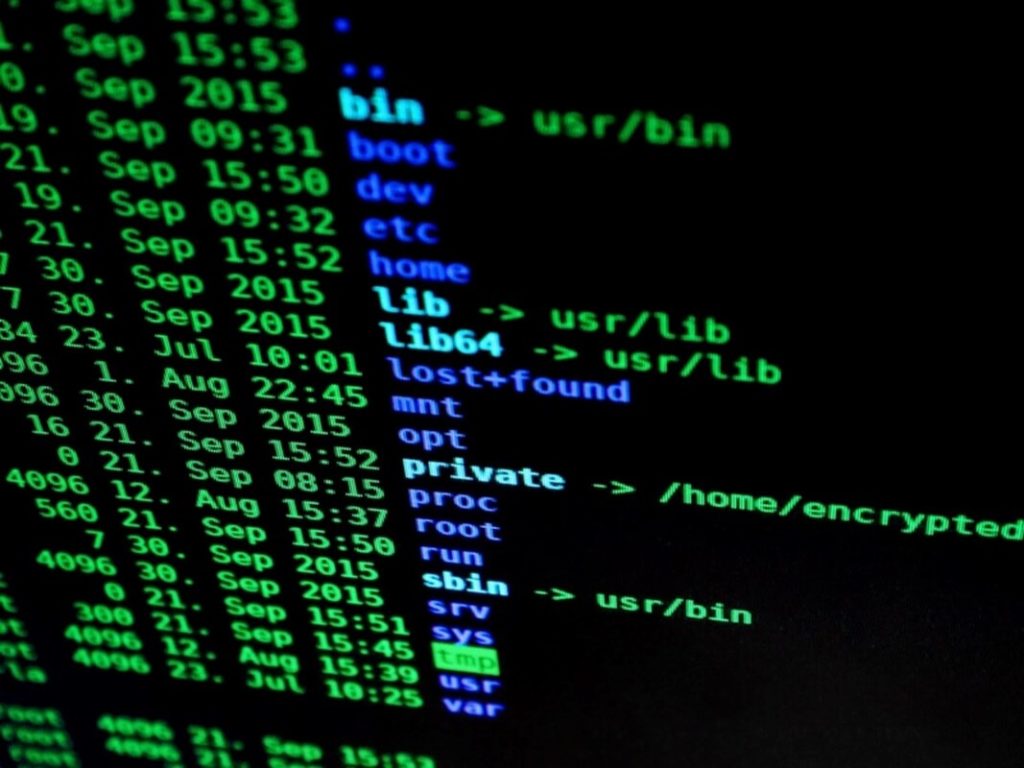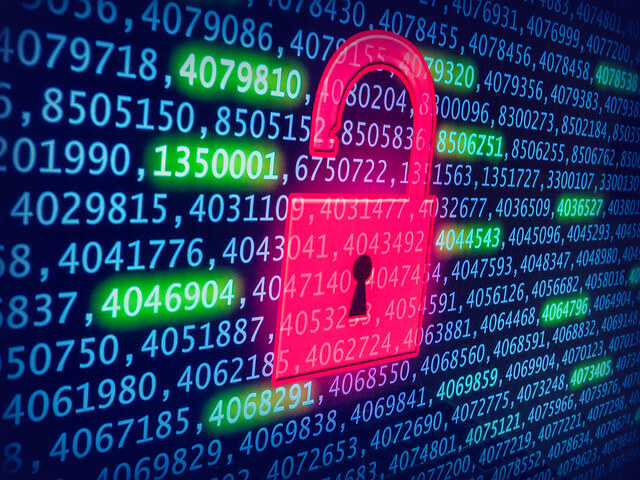Horror stories about users falling victim to hacker attacks seem to be all the rage lately, especially ever since we experienced the far-reaching effects of global malware attacks like the infamous WannaCry ransomware incident or the Mirai botnet case. As a result, even people who were never particularly tech-savvy have become aware of the dangers of the digital age and are looking for ways to stay safe while online. Cybersecurity has become a top priority for individuals, companies and governments alike, but what is the best strategy when it comes to choosing between hardware and software based security solutions?
How to Keep Your Data Safe with Software Solutions
Since most individuals use their computers to store information about themselves, exchange documents containing such sensitive data via online platforms or email, and process payment or make purchases online, you are bound to have a lot of valuable information on your laptop or other devices – probably without even realizing half of it. Installing specialized software to help protect your computer and data from malicious outsiders adds many extra safety layers between your valuable assets and a hacker. An indispensable tool in your toolkit when it comes to safeguarding data is encryption and similar methods. Data masking is a popular choice across professionals, as it offers minimal disruption to day-to-day operations and secures information integrity by maintaining critical data relationships between and within databases. By masking data, the user is essentially replacing the critical information with fictitious data that look like the real thing, thus confusing intruders and reducing exposure. Depending on your specific needs, you could also go for data anonymization, which is the process by which the data is de-linked from a particular data subject.

Anonymization is considered more secure, especially when it comes to sensitive data, but it is better to only employ it with data that you do not want to use on a daily basis. But whatever the case, encryption is essential when it comes to protecting your data, wherever you are based. Through this process, plaintext is transformed via an algorithm into ciphertext, which can only be read when using the encryption key. This makes data illegible to anyone not privy to the key while it is being stored or transmitted through networks or online. There are many techniques to achieve the desired result, including triple DES (the updated version of the classic yet outdated DES) which uses three individual 56-bit keys, and RSA, a public asymmetric encryption algorithm that uses both public and private keys. The Advanced Encryption Standard (AES) is very popular with businesses and cloud computing, while Blowfish, which uses 64-bit encryption, and Twofish, which opts for symmetric 256-bit encryption, are also popular for different reasons. Other software cybersecurity solutions that can protect against low-level attack vectors include antivirus and antimalware programs as well as firewalls that filter out malicious requests. Depending on your needs, there is a wide variety of software to choose from.
In-Built Hardware Security Features: Are They Worth It?
Yet, it is also important to pay attention to hardware-based security solutions, as these can nicely complement your software-based defenses and enhance your overall level of protection. As the benefits of encryption, masking and anonymization show, by no means should you rely only on hardware tools when it comes to protecting valuable information, like IP or sensitive personal data. But the security features that your hardware already comes equipped with also have a crucial role to play once you discover them. Many users are not aware of what their options are when it comes to built-in hardware security features. A good place to start is by researching what your operating system has to offer, which is usually operating system-powered solutions that come pre-installed with your hardware. Windows provides a detailed account to users on how to access and activate various pre-installed security tools, including core isolation. Core isolation can help protect your computer against malware and similar attack vectors, as it can successfully isolate your operating system and device from specific processes and thus contain the impact of an attack.

Another popular feature that is connected to core isolation is memory integrity, which can safeguard high-security processes on the Windows kernel mode against unverified or malicious code that is executed during a suspicious incoming request. In order to do so, memory integrity on Windows uses the Windows Hyper-V hypervisor as well as an intense process of hardware virtualization. There are also often in-built encryption options in your computer – Windows, for instance, offers a tool called Security Processor or Trusted Platform Module (TPM) which allows you to install additional encryption to your device. Finally, it is important to ensure that secure boot is enabled on any device, as it can allow you to boot safely and bypass any rootkit that is attempting to get a hold of your computer. Since rootkit malware can start even before the OS by using counterfeit permissions, it is very hard to spot once it has managed to hide inside your system. As it is often accompanied by other malware that can record or transfer sensitive information, it is crucial to safeguard against it.
All of these are easy to spot once you open the Windows Defender Security Center and click on Device Security for Windows 10 – or through some other path specified by any other operating system you are using. Enabling cybersecurity features that are built-in in your hardware, while not enough on its own, can provide you with valuable added protection layers in case of an attack.
loading...
loading...
